Realistic Cricket Fly
The Realistic Cricket Fly is remarkably close to the real insect in looks, appearance, color, size, and, most importantly, the way they behave in the water. The superior details mimic the look of the real cricket so well – they look alive and your fish will not know the difference. There is the characteristic multi-sectional, cylindrical, and tapered cricket body with a big, rounded head and three sets of long, flexible, 3-dimensional legs. The flexibility and design of the legs add crucial movement to the fly when in water, giving it a more realistic look and providing that imperative advantage when fishing this fly pattern. Realistic Cricket Fly is made of high quality, floatable and light material that has just the right weight so when they hit the water, the way they float emulates the real insect accurately. The material is super sturdy – these flies were tied to last and will withstand many takes. These realistic crickets are highly effective – expect some explosive strikes!
Realistic Cricket Fly comes in Black and Brown and hook size #10.
Cricket Fly Fishing
Crickets are ground-dwelling terrestrials from the family Gryllidae, order Orthoptera, distant relatives of grasshoppers. They have powerful hind legs that enable them to jump energetically. Crickets are most famous for their chirping, which they do by rubbing their front wings together. They prefer humid areas with lots of plant life and can be found in a variety of habitats, including grass fields, trees, burrows, and caves. Crickets are nocturnal and are more active during the evening, night and dawn, as they hide from predators during the daytime. More activity has been noticed during warmer nights than cold ones. They are large and bulky insects that often find themselves in the water where they start drowning the instant they hit the water. When in water, they would start vigorously struggling, kicking, and splatting. Accurately imitating these movements of the fly on the water surface can be an imperative part of your presentation. Dead-drift floating with an occasional twitch can produce some ferocious strikes from sizable trout.
Crickets are ‘big meals’ so they usually bring the largest fish to the ‘table’. Crickets hit their peak activity in late summer and fall and are most active during August and September. Great times for presenting this fly is during the warm and humid late afternoon, throughout the evening, and at dawn. The best places to try cricket patterns are along the shaded, undercut banks and beside the grass fields.
Cricket Fishing Tip: When fishing hopper and cricket patterns, throw your fly within a few inches of the water’s edge. Moving a few inches closer to the bank could be crucial when fishing with these flies. A bit of a slow-kicking action will bring some strikes.
Fly Fishing Terrestrial Flies
Terrestrial insects are land-bred. Some of the species of terrestrials include hoppers (grasshoppers), ants, beetles, bees, crickets, etc.
Terrestrials are one of the essential food sources for trout and other game fish during the summer months. Hot summer months are when the aquatic insects become sparse, the trout is the most active and grows the fastest. This is when terrestrials become their most important food source as a rich source of protein. A terrestrial falling into the water is a great and nutritious meal for fish as these insects are usually bulkier and heavier than aquatic insects and they provide a large calorie intake when the trout need it most.
Terrestrial fly patterns are effective from May till October, and sometimes even into November.
As terrestrials are most active and most likely to fall in the river during the day, the best time to fish these fly patterns is anytime from late morning all the way through the evening. Windy days are best as the wind ‘pushes’ them to the water. Optimal locations to present terrestrial patterns is along cut banks, grassy shorelines or under big trees – places where fish wait for them – easy meals just dropping in. As these insects will eventually be pulled further into the river – midstream can also be a good place to present your fly.
On smaller streams fish are depending mostly on terrestrials as their food source. Small waters don’t have the high-energy riffles where the aquatic insects spend much of their lifecycles. For fishing small streams – terrestrials are a must.
Be it mid-summer, early fall, or the midst of spring – fishing terrestrial fly patterns can provide top dry-fly action!

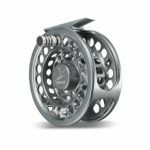
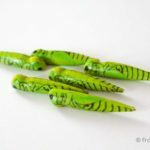
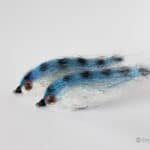
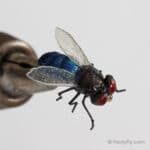
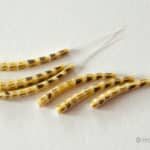
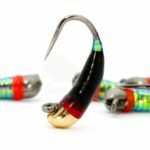
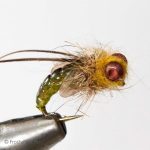
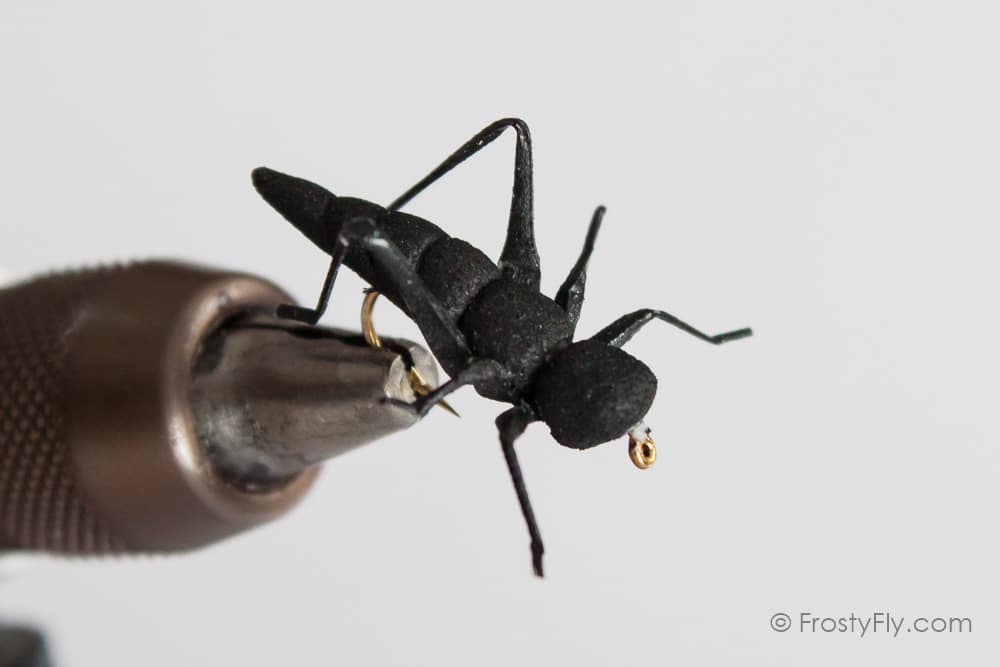
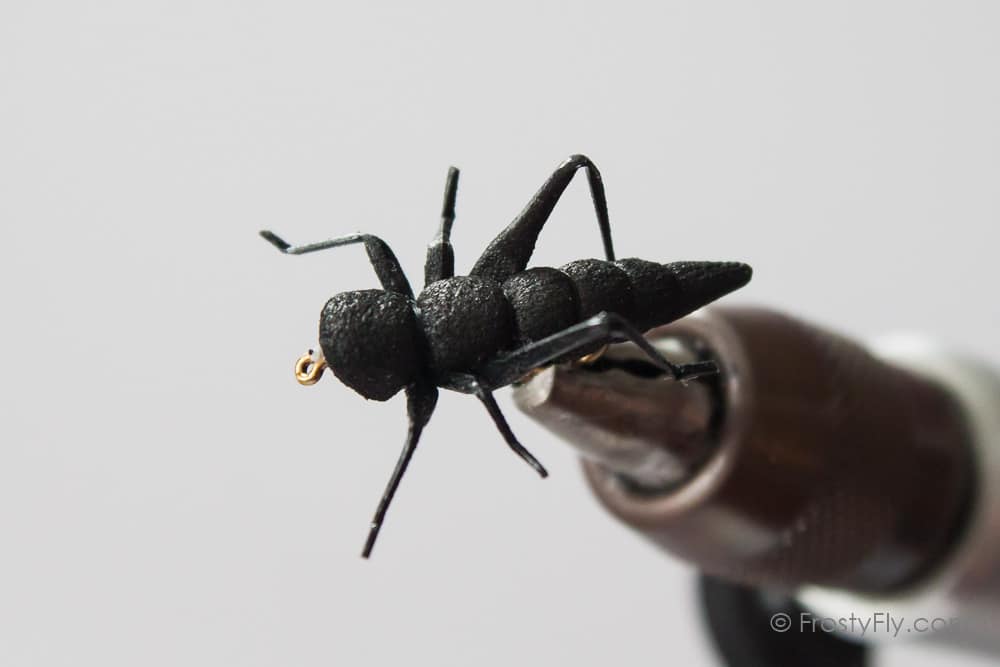


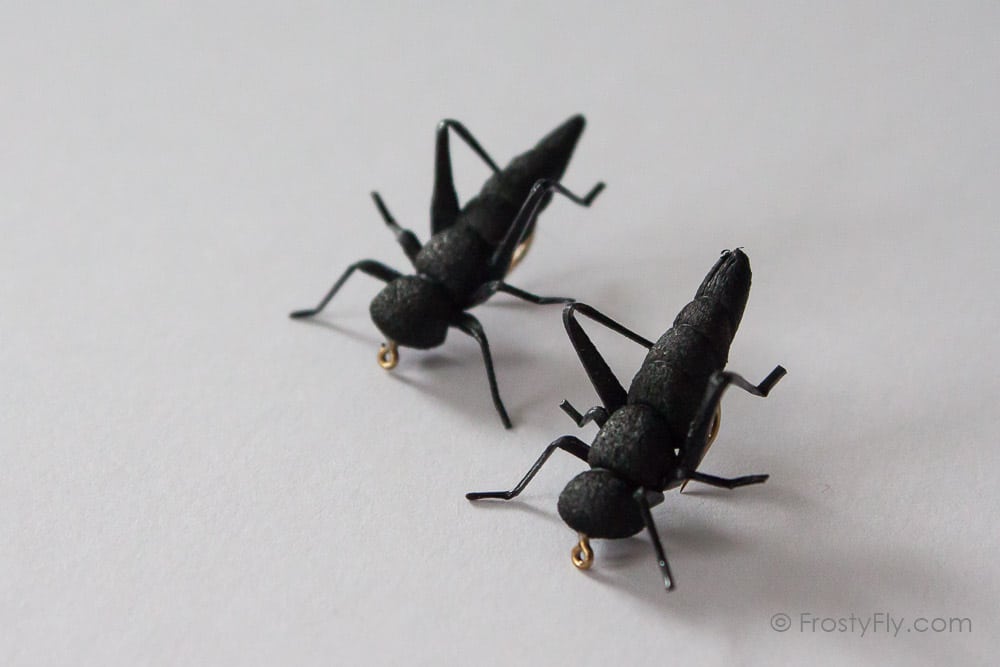
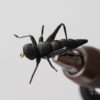
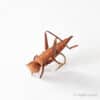
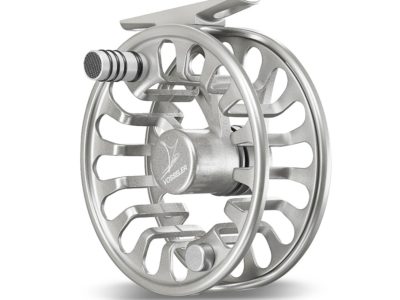
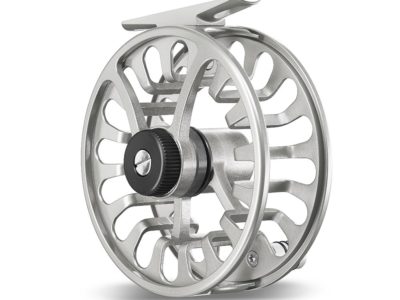
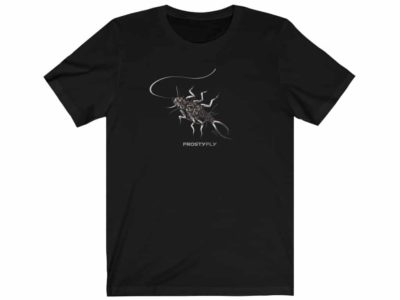
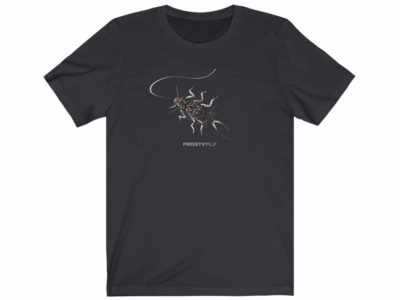
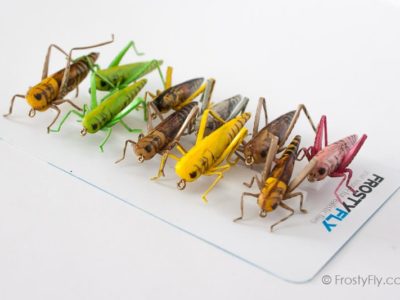
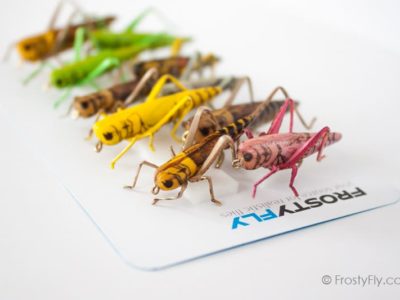
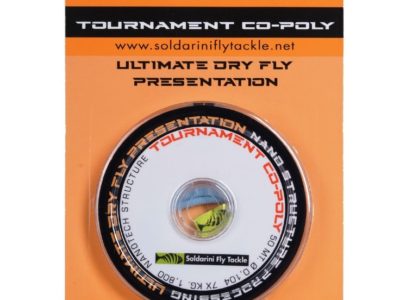
Reviews
There are no reviews yet.